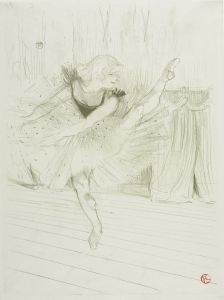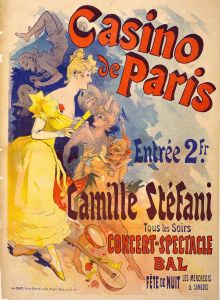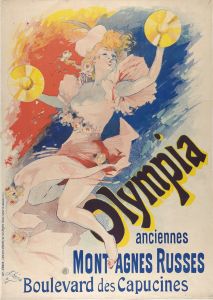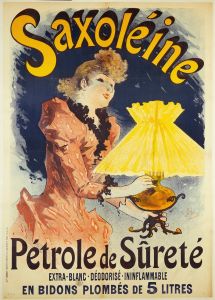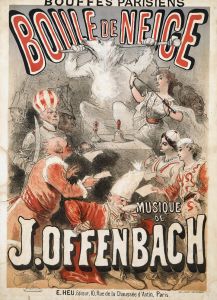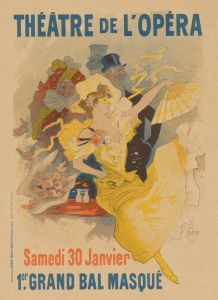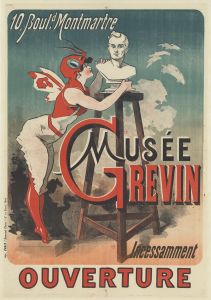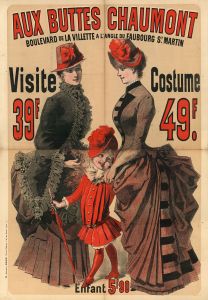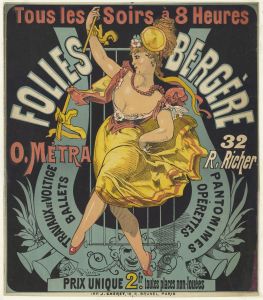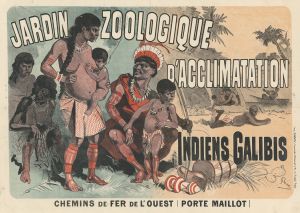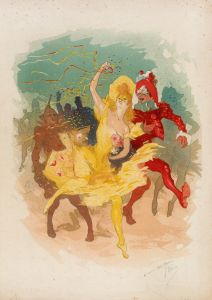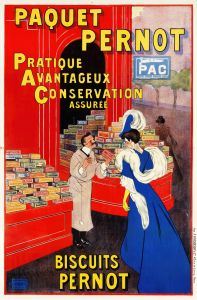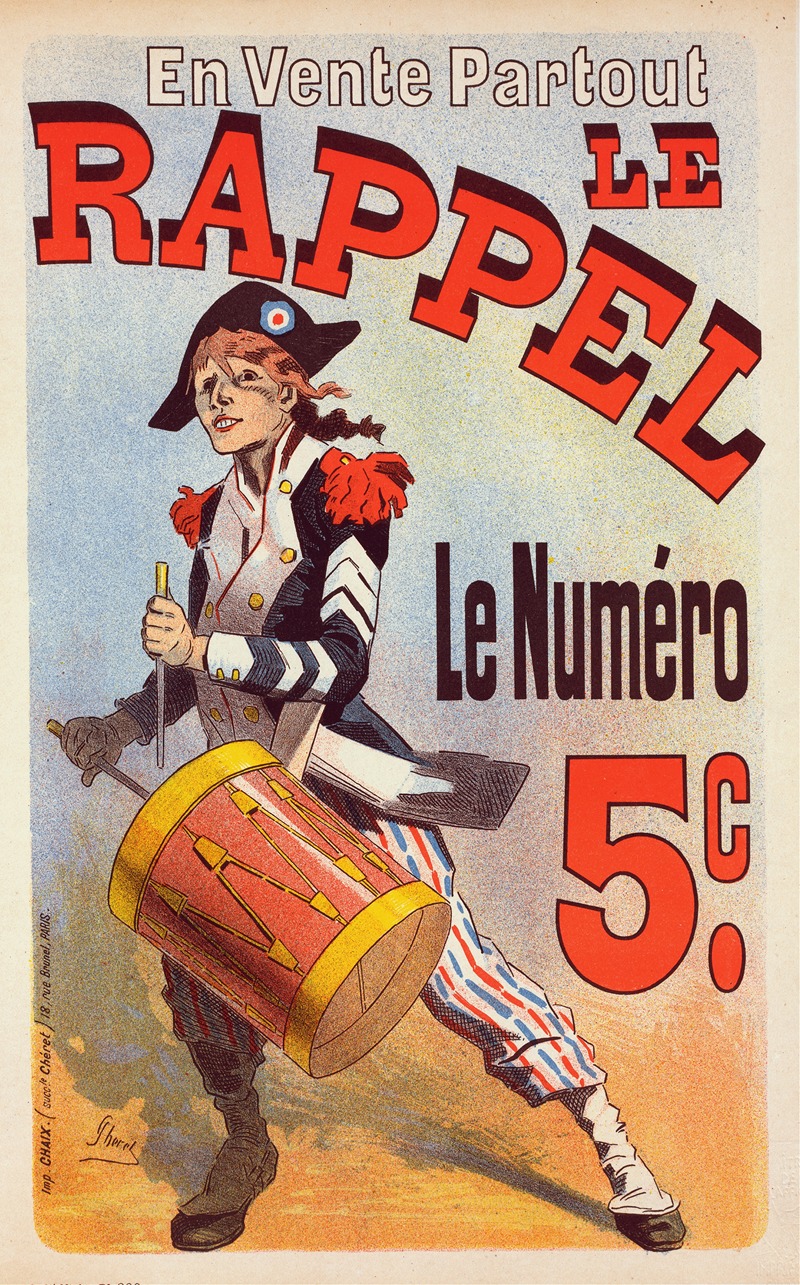
Le Rappel
A hand-painted replica of Jules Chéret’s masterpiece Le Rappel, meticulously crafted by professional artists to capture the true essence of the original. Each piece is created with museum-quality canvas and rare mineral pigments, carefully painted by experienced artists with delicate brushstrokes and rich, layered colors to perfectly recreate the texture of the original artwork. Unlike machine-printed reproductions, this hand-painted version brings the painting to life, infused with the artist’s emotions and skill in every stroke. Whether for personal collection or home decoration, it instantly elevates the artistic atmosphere of any space.
Jules Chéret, a pioneering French artist and lithographer, is often credited with the development of the modern poster. His work, "Le Rappel," is one of the many pieces that showcase his innovative approach to art and advertising during the late 19th century. Chéret's contributions to the art world are significant, as he transformed the streets of Paris with his vibrant and eye-catching posters, which were instrumental in the evolution of graphic design.
"Le Rappel" is a poster created by Chéret in 1891. It was designed to advertise a French newspaper of the same name, "Le Rappel," which was known for its republican and progressive views. The newspaper was founded in 1869 by Victor Hugo and his sons, and it played a crucial role in the political and cultural discourse of the time. Chéret's poster for "Le Rappel" is a testament to his ability to blend art with commercial appeal, a skill that earned him the title "father of the modern poster."
The poster features Chéret's signature style, characterized by bold colors, dynamic composition, and lively figures. In "Le Rappel," Chéret employs a vibrant palette and fluid lines to capture the viewer's attention. The central figure in the poster is a vivacious woman, a common motif in Chéret's work, symbolizing liberty and progress. She is depicted in motion, holding a copy of the newspaper, which suggests the dissemination of ideas and information. The use of bright colors and the energetic pose of the figure reflect the optimism and forward-thinking spirit associated with the newspaper.
Chéret's technique in lithography allowed him to produce posters with a wide range of colors and intricate details, which was revolutionary at the time. His method involved using multiple stones, each inked with a different color, to create the final image. This process enabled him to achieve a level of vibrancy and clarity that was previously unattainable in poster art. Chéret's innovative approach not only elevated the status of posters as an art form but also influenced future generations of artists and designers.
The impact of Chéret's work, including "Le Rappel," extends beyond the realm of advertising. His posters are considered important cultural artifacts that provide insight into the social and political climate of late 19th-century France. They reflect the changing attitudes towards art, media, and consumer culture during the Belle Époque, a period marked by rapid industrialization and cultural flourishing.
Jules Chéret's legacy is evident in the continued appreciation and study of his work. His posters are housed in numerous museums and collections worldwide, where they are celebrated for their artistic merit and historical significance. "Le Rappel" remains a notable example of Chéret's contribution to the art of the poster and his role in shaping the visual landscape of his time. Through his innovative techniques and artistic vision, Chéret not only transformed the streets of Paris but also laid the groundwork for the future of graphic design and advertising.





